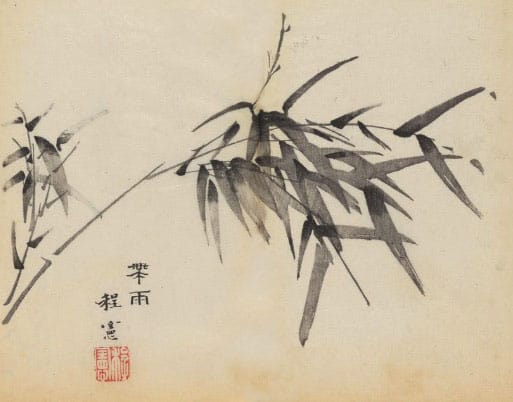All diseases in Chinese Medicine come from an imbalance of Yin and Yang. In the case of wind, the Yin can fail to “ground” the Yang and so the Yang “floats” and moves too aggressively causing “wind”. We can see this when there is blood deficiency and its opposite, “qi”, invades and moves too quickly in the (blood) vessels. One of our core texts, the Su Wen, says “if the yang does not control its yin, then the qi of the five organs start a struggle”
From the book: Fundamentals of Chinese Medicine co-written by Douglas Eisenstark (PMPH press)
Pathogenic Wind
A pathogen that causes a disease that moves and disperses quickly is called a wind–pathogen. Wind is common in spring, but may occur throughout the year. Whenever wind becomes excessive enough to cause disease, it will become a pathogen. Wind pathogens usually invade the human body via the skin or into the muscles to lead to external wind disease. Chinese Medicine believes that the wind-pathogen is an important factor in externally contracted disease, so it is called “the first and foremost  factor of the various diseases.” Wind easily combines with other factors, causing wind-cold, wind-heat, wind-dryness etc. The wind-pathogen was regarded from the beginning of Chinese medicine as the general term for external pathogenic factors and the main cause of illnesses.
factor of the various diseases.” Wind easily combines with other factors, causing wind-cold, wind-heat, wind-dryness etc. The wind-pathogen was regarded from the beginning of Chinese medicine as the general term for external pathogenic factors and the main cause of illnesses.
The wind–pathogen is considered yang in nature and so tends to attack the upper yang parts of the body such as the head, neck, and back. A wind-pathogen is characterized by movement, lightness, opening, and dispersing. Dispersing-opening means that the wind-pathogen is apt to invade the upper portion (the head and face), yang channels, body surface, and make the striae and interstices (coù lĭ) compared to the surface, the “grain of the skin” and the areas immediately underneath) open when it invades the body. It can create headaches, sweating, and an aversion to wind.
A disease caused by a wind-pathogen is characterized by sudden onset, constant movement, and rapid change in the process of the disease. This means that wind is apt to come on quickly, move quickly, and then perhaps move unpredictably around the body. For example, a bi syndrome that changes locations indicates a wind-pathogen and is called “migratory bi” or “wind bi”. Another example of wind is a rash on the surface of the skin that may come and go quickly and change locations.
If a wind–pathogen invades the body, the patient may have facial spasms, or dizziness, tremors, convulsion, or stiffness of the neck. Facial spasms or deviation of the eye and mouth (such as in Bell’s palsy) can be the result of wind pathogens attacking the channels and collaterals. Invasion by wind pathogens following traumatic injury may lead to symptoms such as convulsions.
Wind often invades the body in combination with other pathogens. Because the wind-pathogen has a dispersing and opening nature, other pathogens (cold, dampness, heat, dryness, and fire) often invade the body in conjunction. The result is the external contraction of wind-cold, wind-dampness, wind-heat, and wind-dryness. The wind-pathogen can attack any organ and tissue externally or internally or invade the body through any of the upper orifices.
Today we can categorize many symptoms and diseases as wind. Signs and symptoms of wind include fainting, dizziness, tremors, convulsions, and facial spasms. Diseases may include (with the appropriate symptoms) colds and flu, dermatological conditions, stroke, Bell’s palsy, Parkinson’s disease, Tourette’s syndrome, and epilepsy.